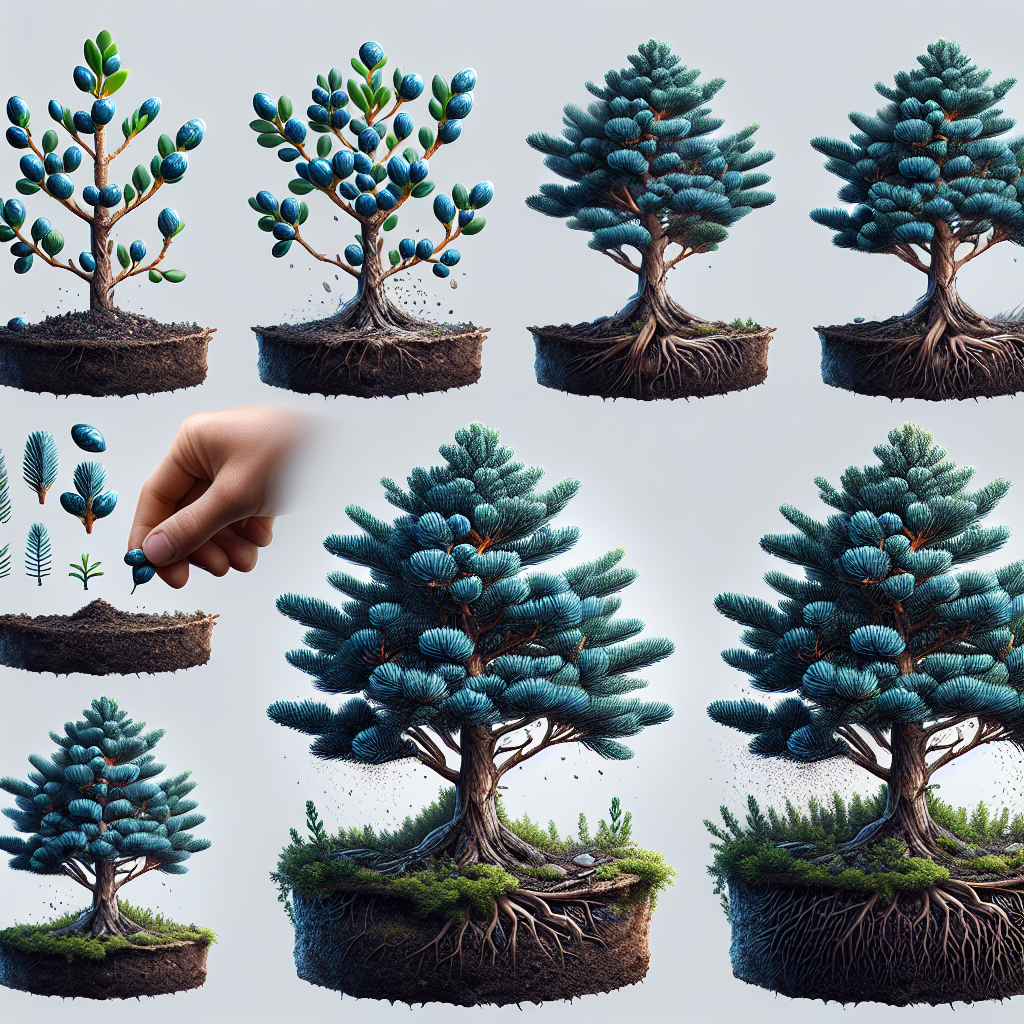Blue Point Junipers are a popular choice for landscaping due to their beautiful blue-green foliage and hardy nature. These evergreen trees can thrive in a variety of conditions, making them a versatile option for homeowners looking to add some color and texture to their outdoor space. If you’re thinking about growing Blue Point Junipers in your own yard, here are some tips and tricks for success.
Choose the Right Location
One of the most important factors in successfully growing Blue Point Junipers is selecting the right location for your trees. These trees prefer full sun, so be sure to choose a spot in your yard that receives at least six hours of direct sunlight each day. Blue Point Junipers are also tolerant of a wide range of soil types, but they prefer well-draining soil that is slightly acidic to neutral.
Prepare the Soil
Before planting your Blue Point Juniper trees, it’s important to prepare the soil properly. Start by digging a hole that is twice as wide as the root ball but no deeper than the height of the root ball. Mix in some organic matter, such as compost or peat moss, to help improve drainage and provide nutrients for the tree. Once you’ve filled in the hole with soil, be sure to water thoroughly to help settle the roots.
Watering and Fertilizing
Blue Point Junipers are drought-tolerant once established, but they will still benefit from regular watering during periods of dry weather. Be sure to water deeply at least once a week, allowing the water to penetrate down to the roots. Avoid overwatering, as this can lead to root rot.
In terms of fertilizing, Blue Point Junipers do not require much additional fertilizer beyond what is already present in the soil. However, if you notice slow growth or yellowing foliage, you may want to apply a slow-release fertilizer in early spring.
Pruning and Maintenance
Blue Point Junipers have a naturally pyramidal shape that requires minimal pruning to maintain. However, you may want to prune back any dead or damaged branches as needed. It’s best to prune in late winter or early spring before new growth begins.
Pests and Diseases
While Blue Point Junipers are relatively pest-resistant, they can still be susceptible to certain insects and diseases. Keep an eye out for spider mites, scale insects, and bagworms, which can all cause damage to your trees if left unchecked. To prevent these pests from becoming a problem, be sure to inspect your trees regularly and treat any infestations promptly.
In terms of diseases, Blue Point Junipers can be affected by root rot if they are planted in poorly draining soil or if they are overwatered. To prevent this issue, be sure to choose a well-draining location for your trees and avoid excessive watering.
Winter Protection
Blue Point Junipers are hardy trees that can withstand cold temperatures without issue. However, if you live in an area with harsh winters or heavy snowfall, you may want to consider providing some protection for your trees during the coldest months. Wrapping the trunks with burlap or adding mulch around the base can help insulate the roots and protect them from freezing temperatures.
In conclusion…
Growing Blue Point Junipers can be a rewarding experience that adds beauty and texture to your landscape. By following these tips and tricks for success, you can ensure that your trees thrive and continue looking their best for years to come. With proper care and maintenance, Blue Point Junipers can be an excellent addition to any outdoor space.














